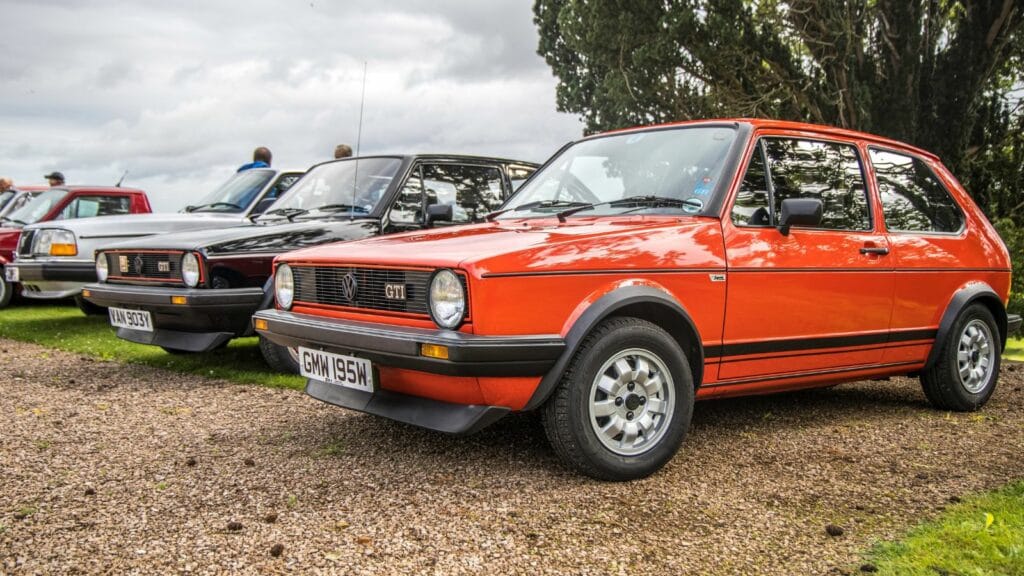There was a time when cars turned heads and seemed like reasonable investments, but thanks to inflation, tariffs, supply chain chaos, and shifting demand, their price tags have climbed beyond the reach of many Canadians. Some were once working-class sports sedans, while others were family-friendly SUVs or budget luxury rides; however, now they are all likely to appear in high-end auctions or sit untouched on dealer lots. Here are 22 once-affordable cars that are now out of reach for most Canadians:
Subaru WRX
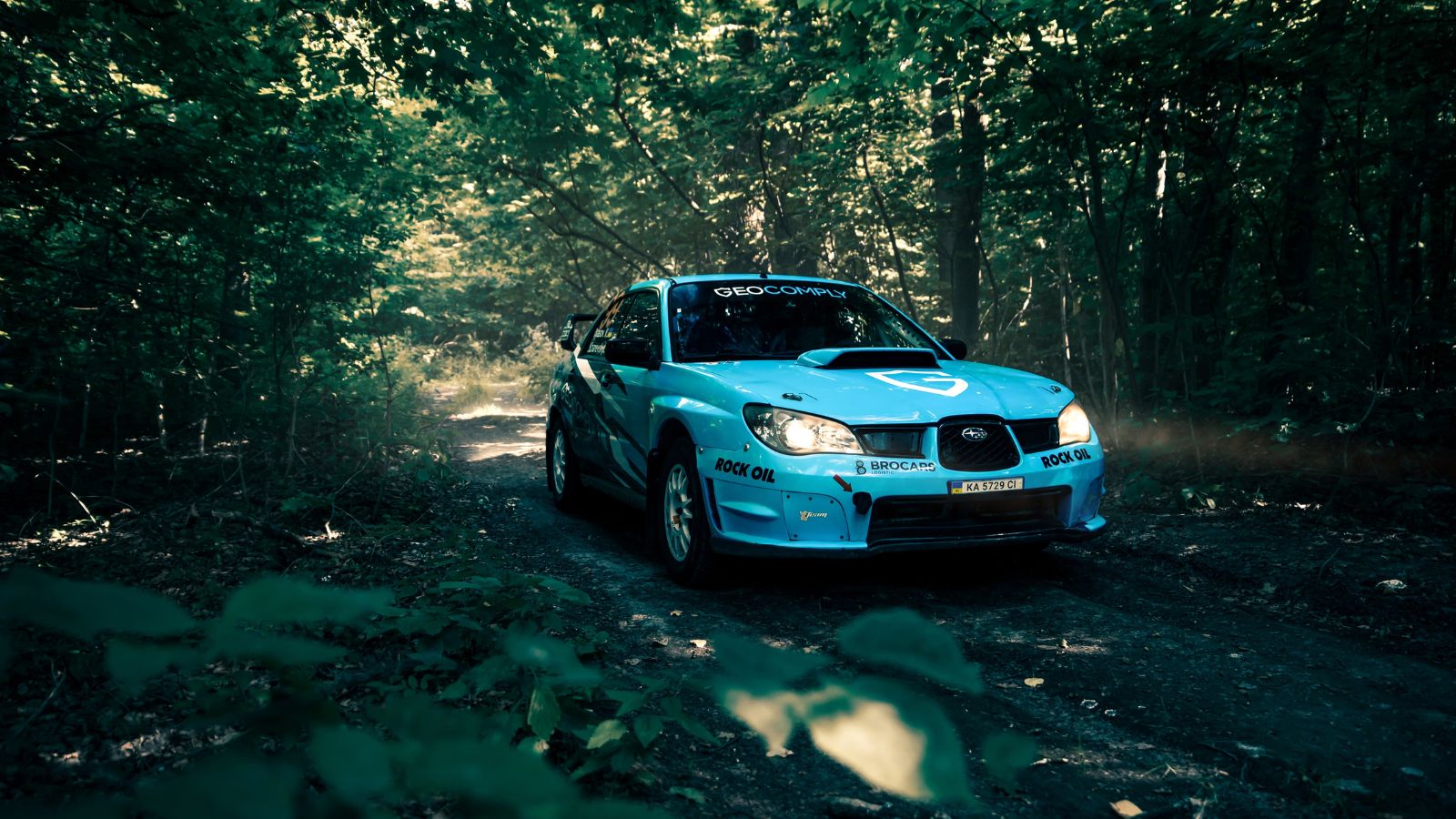
The Subaru WRX was once a rite of passage for young Canadian drivers who wanted performance without the premium price tag. Its rally-inspired design, turbocharged 2.4L Boxer engine, and symmetrical all-wheel drive delivered 271 hp and a 0-100 km/h time under six seconds. For under $35,000, it was the everyday enthusiast’s dream, but fast-forward to 2025, and the WRX GT trim surpasses $50,000 before taxes and fees. Insurance costs are high, and rising maintenance expenses have not helped, transforming what used to be a rough-and-ready, working-class hero into near-luxury territory, making it out of reach for its original fan base.
Honda Civic Type R
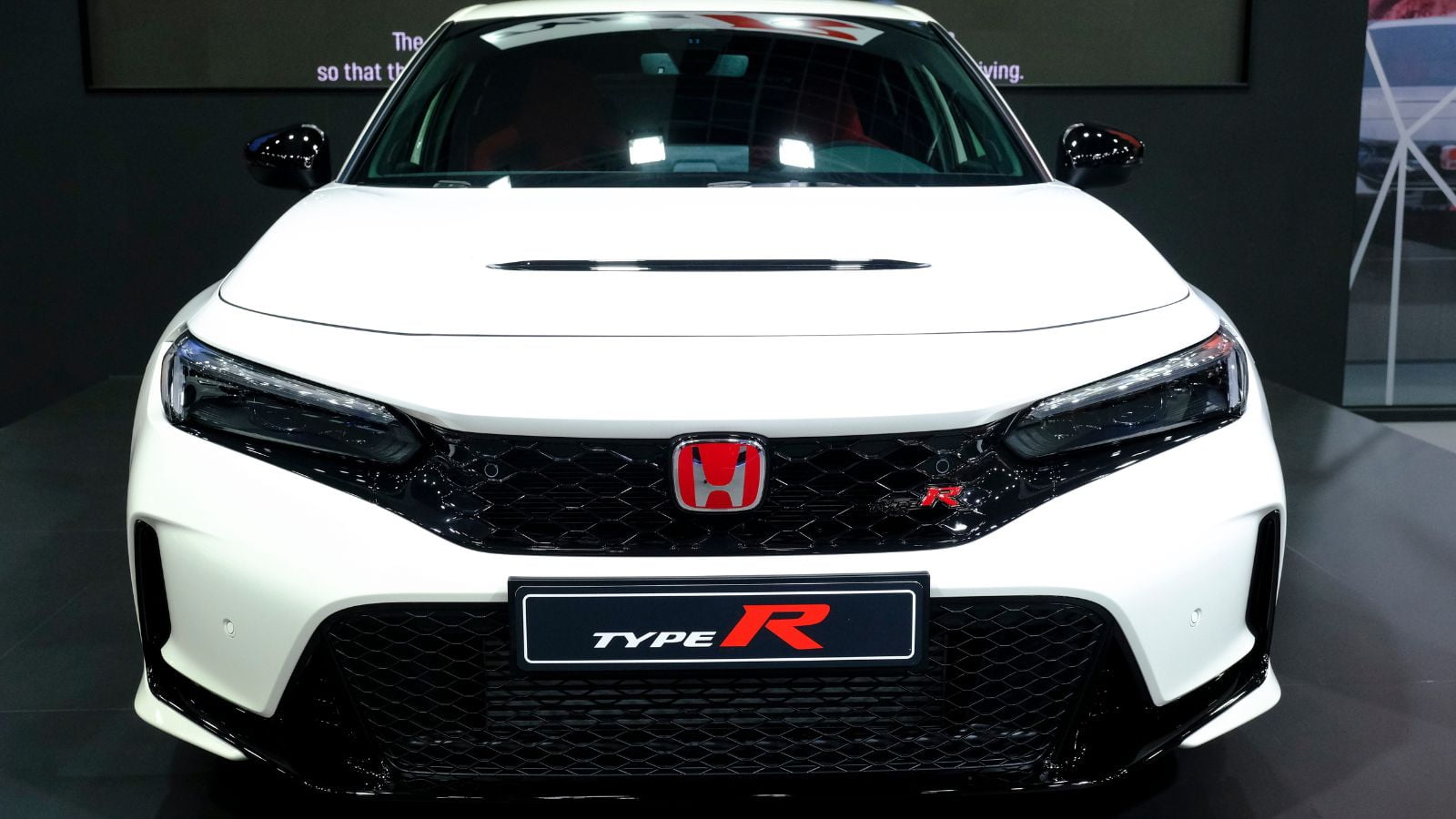
The Civic Type R once proved that front-wheel-drive hot hatches could thrill without costing a fortune. Its 2.0L turbocharged engine pumps out 315 hp and rockets from 0 to 100 km/h in just under 5.5 seconds. With adaptive dampers and track-tuned precision, it made everyday drives feel like laps at Suzuka, and for years, Canadians could pick one up for just under $40,000. However, new models start above $55,000, and that’s if you can even find one. High demand, limited supply, and import markups have transformed it from a budget-friendly powerhouse into a boutique performance car that has drifted significantly from its original affordability.
Toyota RAV4 Prime
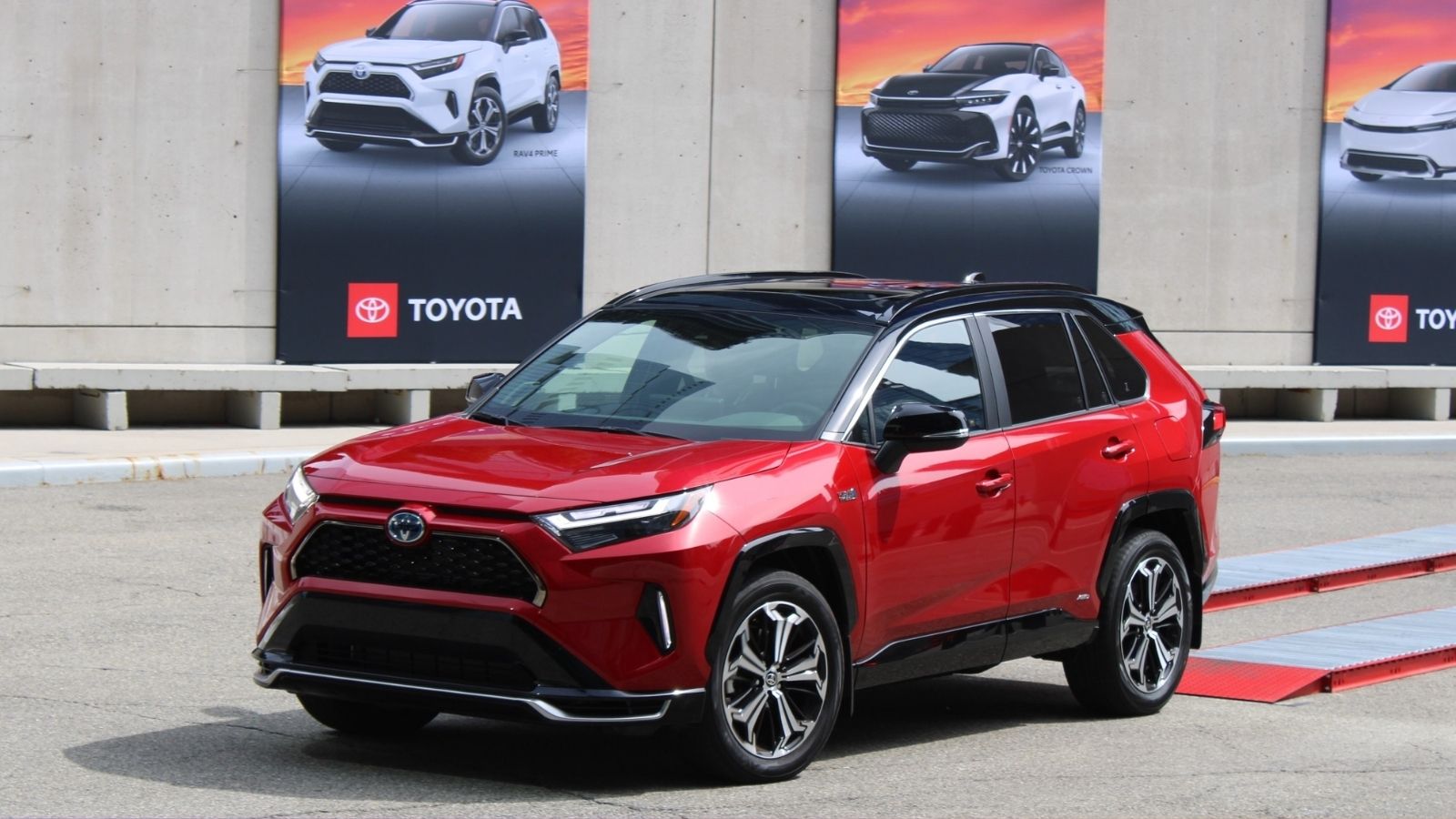
The Toyota RAV4 Prime launched as a plug-in SUV unicorn, offering 302 hp, standard all-wheel drive, 68 kilometers of electric-only range, and a 0-100 km/h sprint in six seconds. Initially, with federal and provincial incentives, Canadians could get behind the wheel for as little as $43,000; however, that window has now closed. Now, due to global battery shortages and relentless demand, the RAV4 Prime in XSE trim easily tops $60,000, and even used models are priced higher than new ones. For many families, this former efficiency-meets-performance bargain now feels less like a green investment and more like a luxury splurge.
Mazda MX-5 Miata
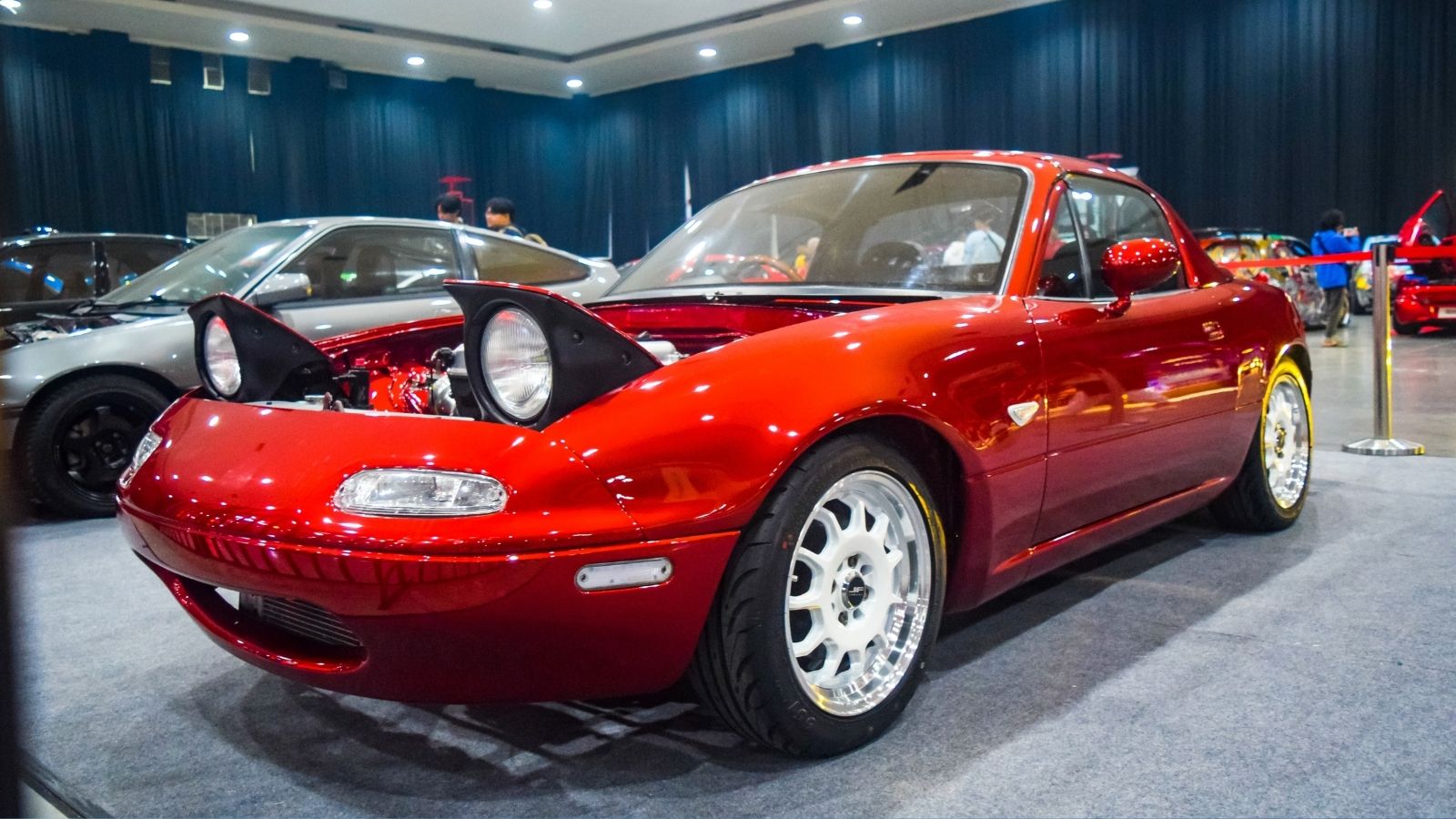
Few cars deliver pure driving joy like the Mazda MX-5 Miata. With its 181-hp 2.0L engine, perfect 50:50 weight distribution, and a 0-100 km/h time around 6.5 seconds, it channels classic roadster spirit. For years, it was the best bargain in Canadian sports cars, offering thrills for under $32,000, but today, even the soft-top GS trim has climbed past $38,000 before taxes, and the RF hardtop variant can easily exceed $45,000. Combine that with rising insurance and fewer affordable competitors, and the Miata, which was once the go-to for weekend warriors, has quietly outpaced the budgets of the very enthusiasts who made it iconic.
Ford Mustang GT
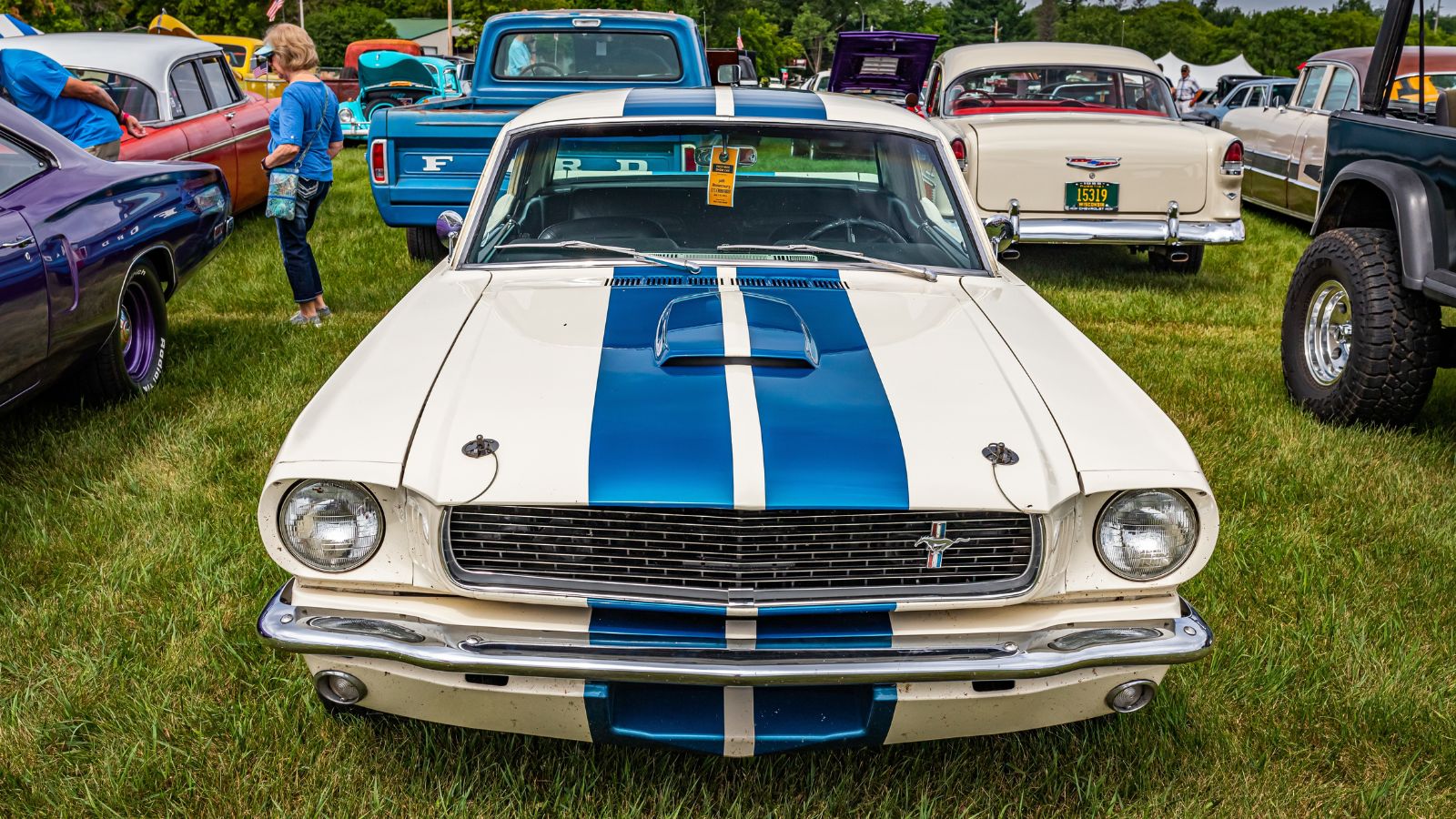
The Ford Mustang GT used to scream value with a naturally aspirated 5.0L V8 delivering 480 hp, blistering 0-100 km/h runs in about 4.3 seconds, and unmistakable muscle car charisma all for less than $40,000. It was the loud, proud icon that many Canadians saw as within reach. Still, today’s Mustang GT now starts at over $52,000, and performance packages like the GT Performance or California Special editions can push the price well past $ 60,000. Add in rising gas prices and steep insurance premiums, and what was once the everyman’s muscle car now feels like a luxury indulgence reserved for deep-pocketed weekend warriors.
Volkswagen Golf GTI
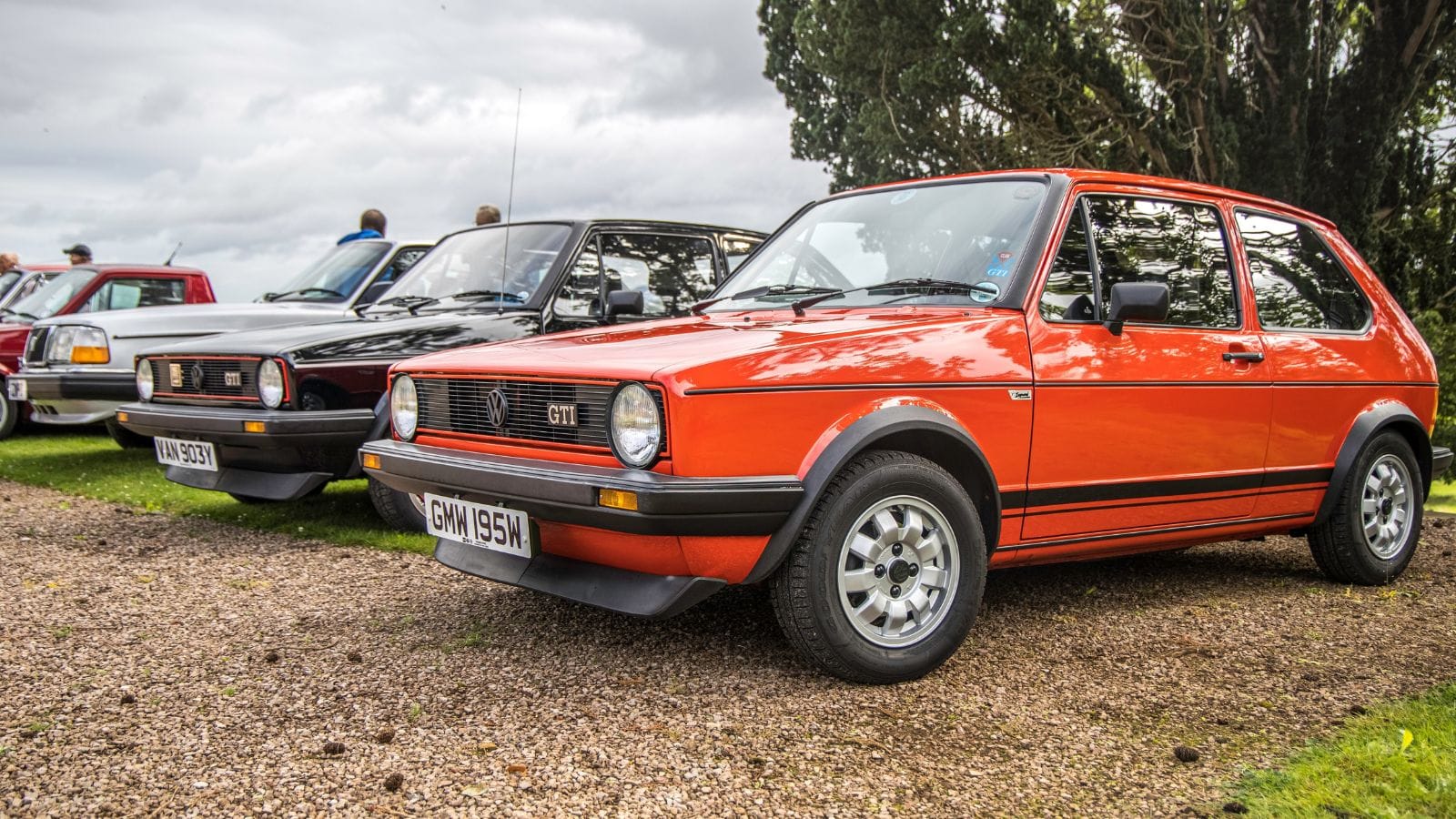
The Volkswagen Golf GTI has long been the benchmark for affordable performance hatchbacks. It delivered 241 hp from a turbocharged 2.0L engine, a slick-shifting six-speed manual, and sharp handling, all in a practical, everyday package. Canadians once paid under $32,000 for the base trim, making it a favorite among commuters who appreciated their daily drive with a bit of excitement. Today, with base prices inching toward $40,000 and fully loaded Autobahn trims climbing past $48,000, the GTI has quietly become a near-premium vehicle. Even lightly used models are holding their value, pushing this once-accessible icon out of range for many first-time buyers.
Jeep Wrangler
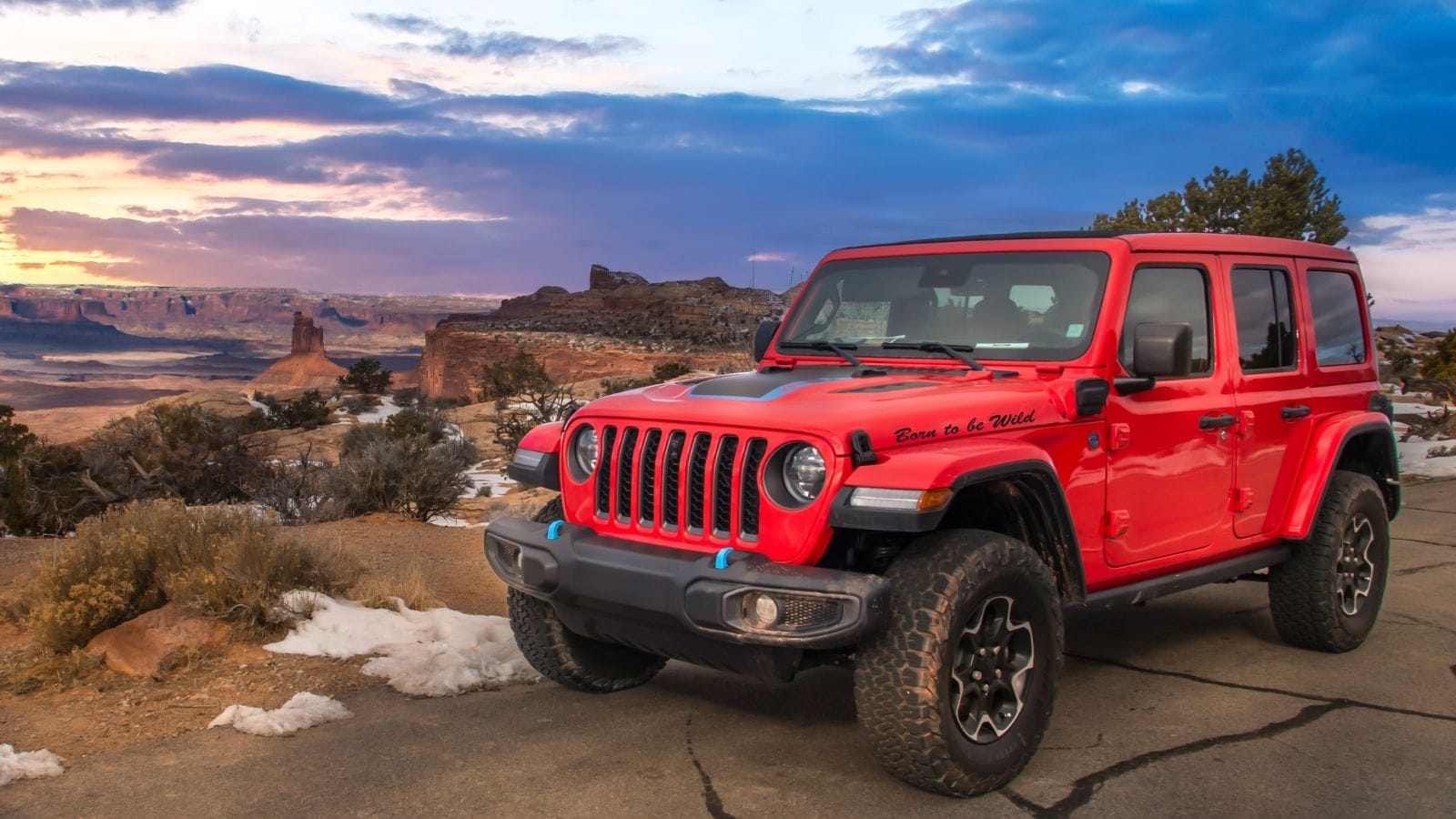
The Jeep Wrangler was never dirt cheap, but it once sat in the $30,000 range, making off-road freedom something regular Canadians could aspire to. With its rugged 4×4 drivetrain, removable doors, and a range of engines from the base V6 to the turbocharged 2.0L inline-four, the Wrangler promised versatility and adventure. Today, a basic two-door model starts near $45,000, and four-door Rubicon trims can top $70,000. Add in soaring interest rates and high fuel consumption, and the Wrangler’s rugged charm now comes at a premium that pushes it beyond what many can afford.
Hyundai Ioniq 5
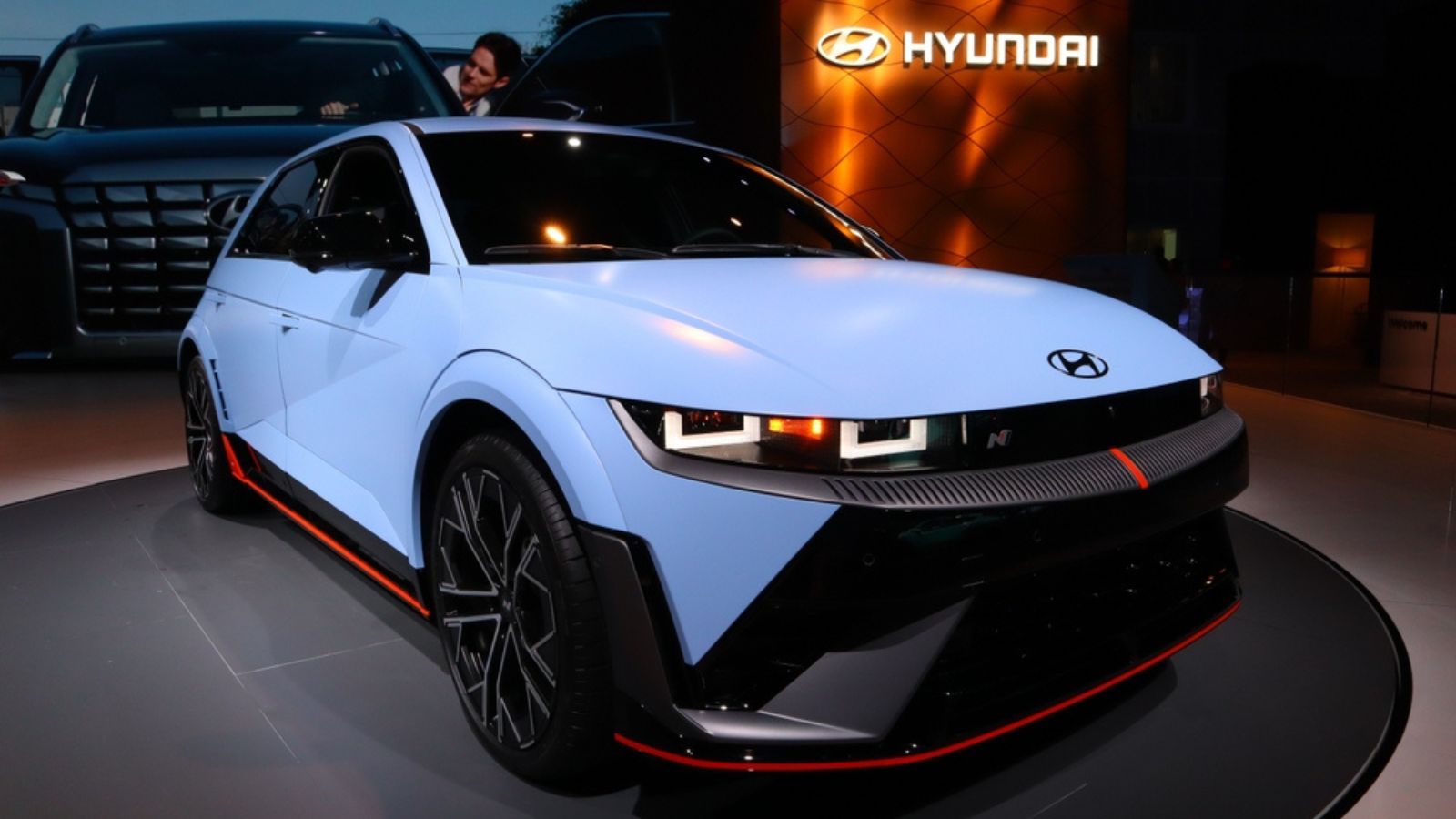
When the Hyundai Ioniq 5 debuted, it was hailed as the future of affordable EVs, with its bold design, advanced tech, and up to 488 km of range depending on the trim. With dual-motor versions delivering 320 hp and 0-100 km/h times around 5 seconds, it was efficient and exciting. Canadians could initially buy in for around $45,000, especially with EV incentives; however, demand has skyrocketed, and prices for top trims now soar above $ 60,000. The days of snagging one with a rebate and manageable payments are essentially over, making this futuristic EV another forward-looking car that’s become financially out of reach.
Chevrolet Camaro LT1
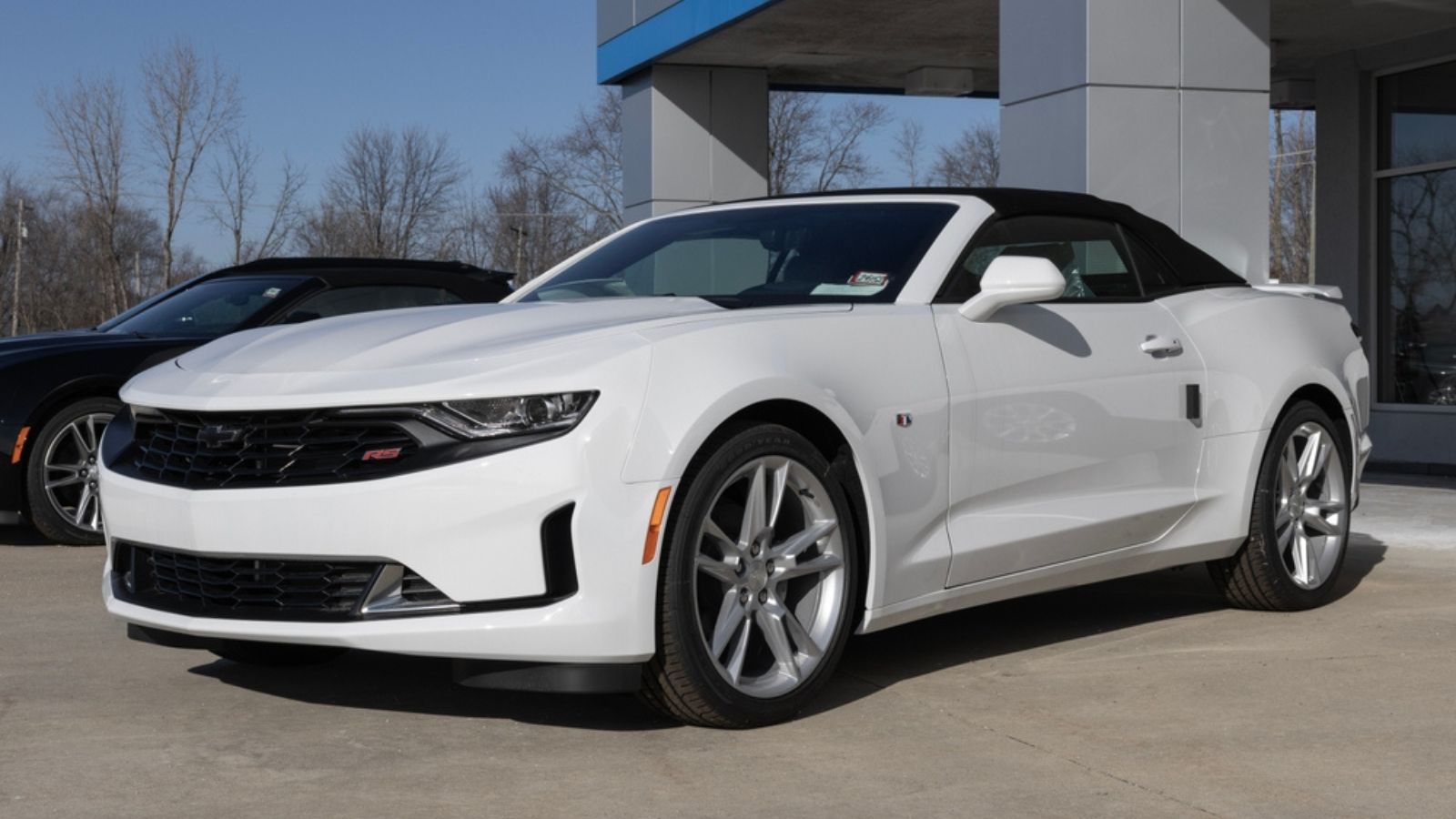
For decades, the Camaro LT1 represented raw V8 performance on a modest budget. Its 6.2L engine pumps out 455 hp and 455 lb-ft of torque, launching the car from 0 to 100 km/h in roughly 4.2 seconds. In 2020, Canadians could grab an LT1 for around $38,000, which was cheaper than most sedans with half the horsepower. But as the Camaro nears the end of its production, demand and pricing have surged, and new LT1s can hit $55K or more with packages, and used prices aren’t far behind. What was once a working-class thrill ride is now a collector’s item in the making, and it’s priced accordingly.
Kia Telluride
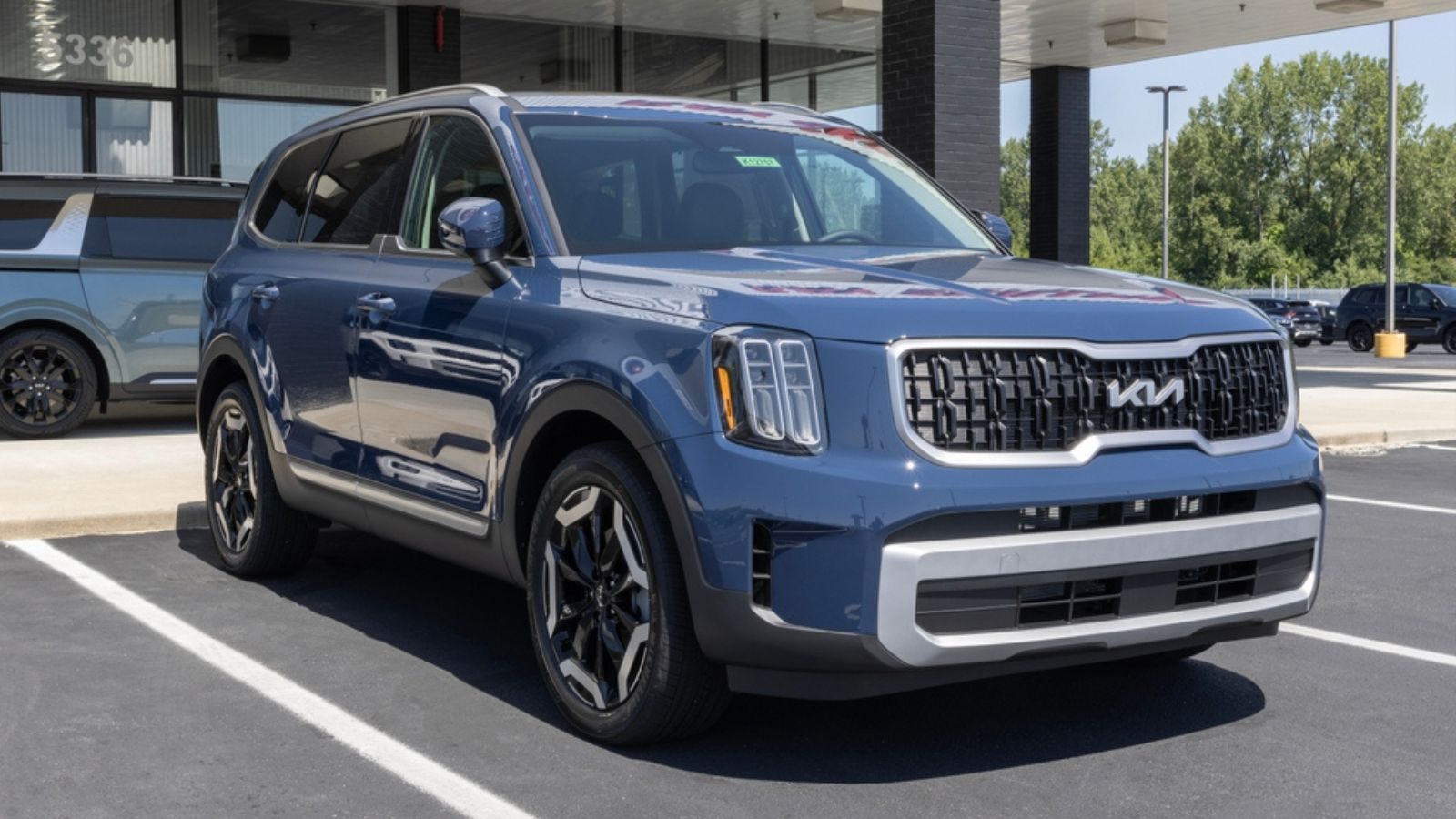
The Kia Telluride redefined affordable luxury in the three-row SUV space. With a refined 291-hp V6, plush interiors, and advanced safety tech, it offered full-size comfort for under $45,000. Canadian families flocked to it, until issues with availability and inflation arose. Now, base trims start closer to $52,000, and top SX trims exceed $ 60,000. Dealers often add markups due to limited inventory, making what was once a value-packed family hauler feel more like a luxury SUV in terms of price. For growing households trying to avoid the premium brands, the Telluride has quietly slipped into a bracket few expected it to reach.
Tesla Model 3
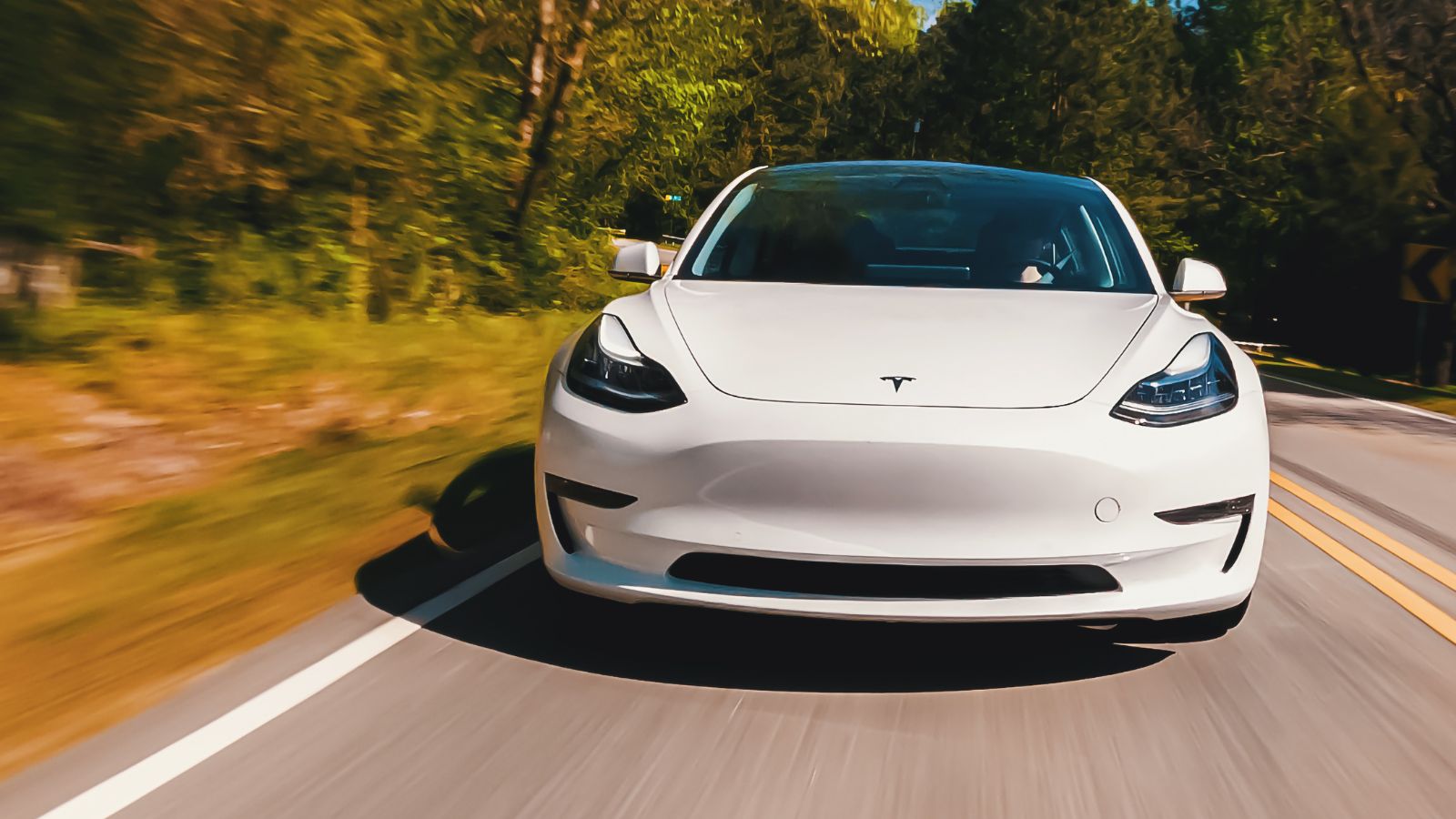
The Tesla Model 3 was once considered the gateway EV for Canadians. With a base price under $46,000 and eligible for rebates, it delivered up to 438 km of range in the RWD trim and 0-100 km/h acceleration in as little as 3.3 seconds in the Performance version. However, those affordable early prices didn’t last, and the Model 3 Long Range now starts above $60,000 in Canada; even the base version has crept into premium territory. With fluctuating incentives, rising interest rates, and fewer discounts than before, Tesla’s entry-level sedan has shifted from budget-friendly EV to luxury-class commitment.
Dodge Charger R/T
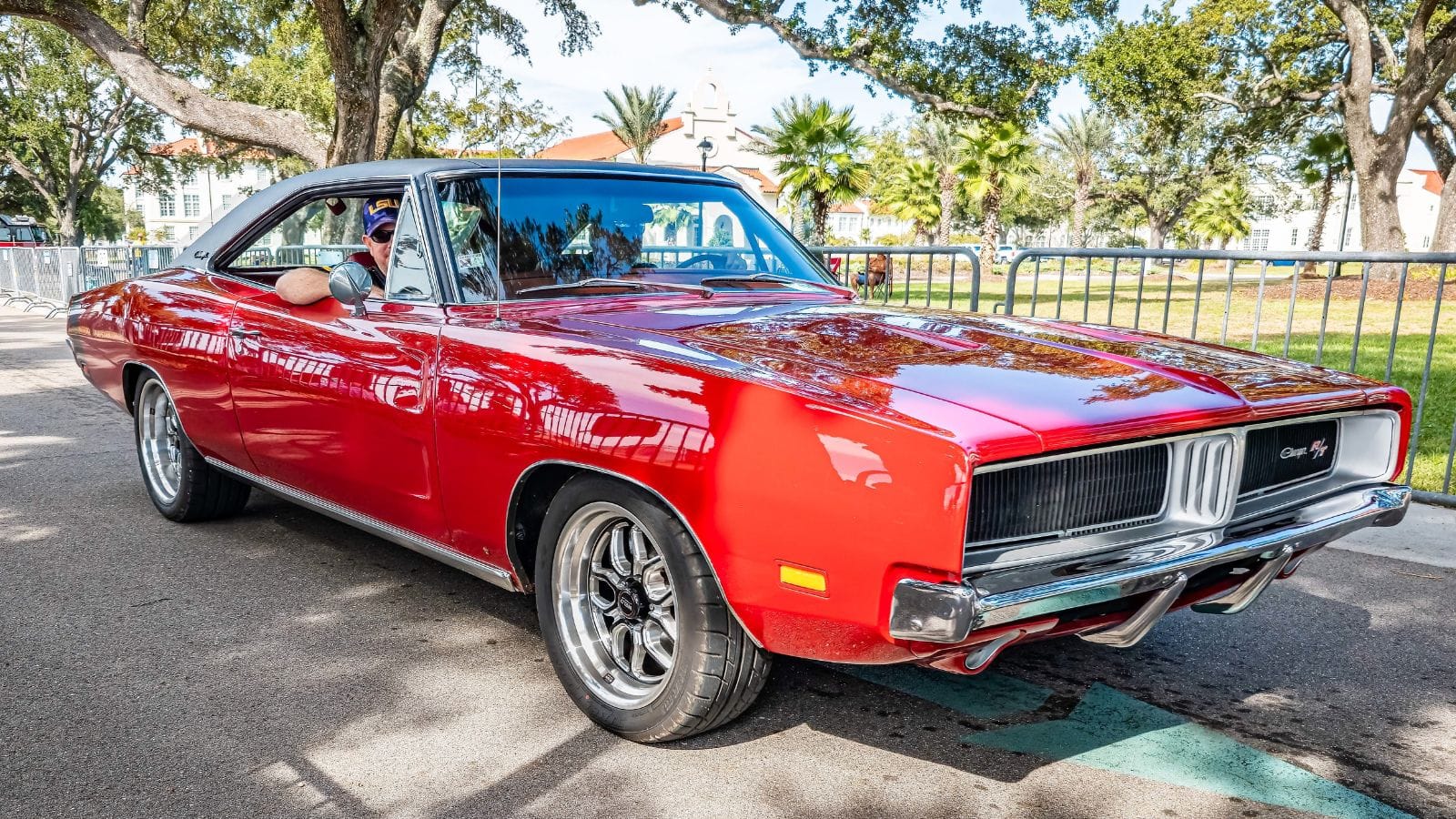
Muscle car lovers once flocked to the Dodge Charger R/T for its 5.7L HEMI V8, delivering 370 hp and a throaty roar that could be had for just under $40,000. With room for five and a massive trunk, it was one of the few performance cars that doubled as a family sedan. Now, amid rumors of its combustion-powered demise, prices have surged, and new R/T models in Canada hover around $ 55,000, as demand from collectors and muscle car enthusiasts has driven used prices up. For many working Canadians, the Charger R/T is now priced more like a luxury badge than a muscle machine.
Mini Cooper S 3-Door
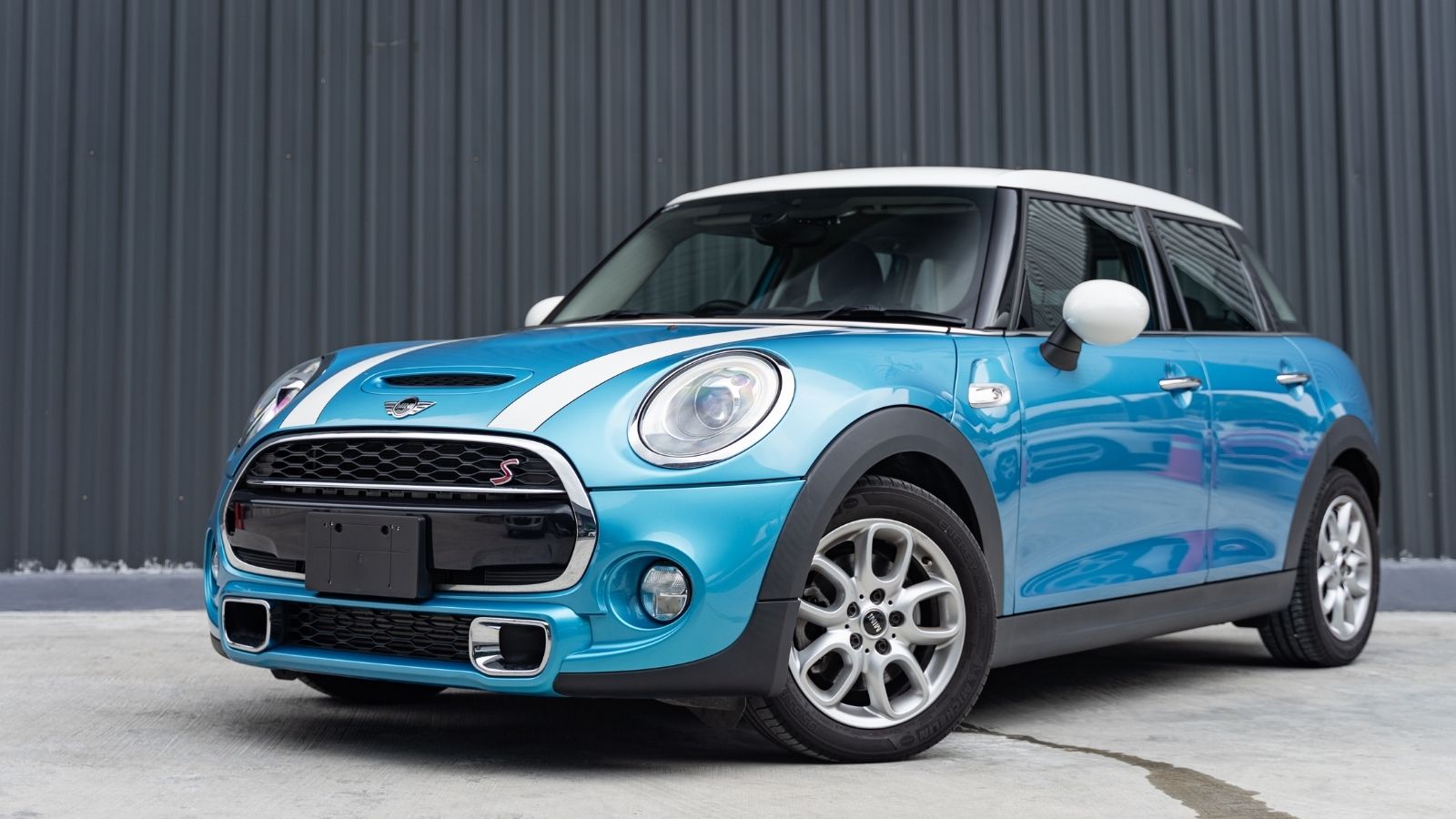
The Mini Cooper S used to deliver premium fun in a small package, with a turbocharged 2.0L engine producing 189 hp, nimble handling, and a head-turning design. Its unique mix of retro charm and driving agility made it a $ 32,000 indulgence that many Canadians could justify. Still, now, with base prices near $40,000 and optioned trims easily passing $48,000, the Cooper S has crept into luxury hatchback territory, and that is before factoring in high maintenance costs and limited cargo space. For a car that was once playful and practical, the Mini has become a boutique buy for a smaller, wealthier slice of drivers.
Nissan Frontier PRO-4X
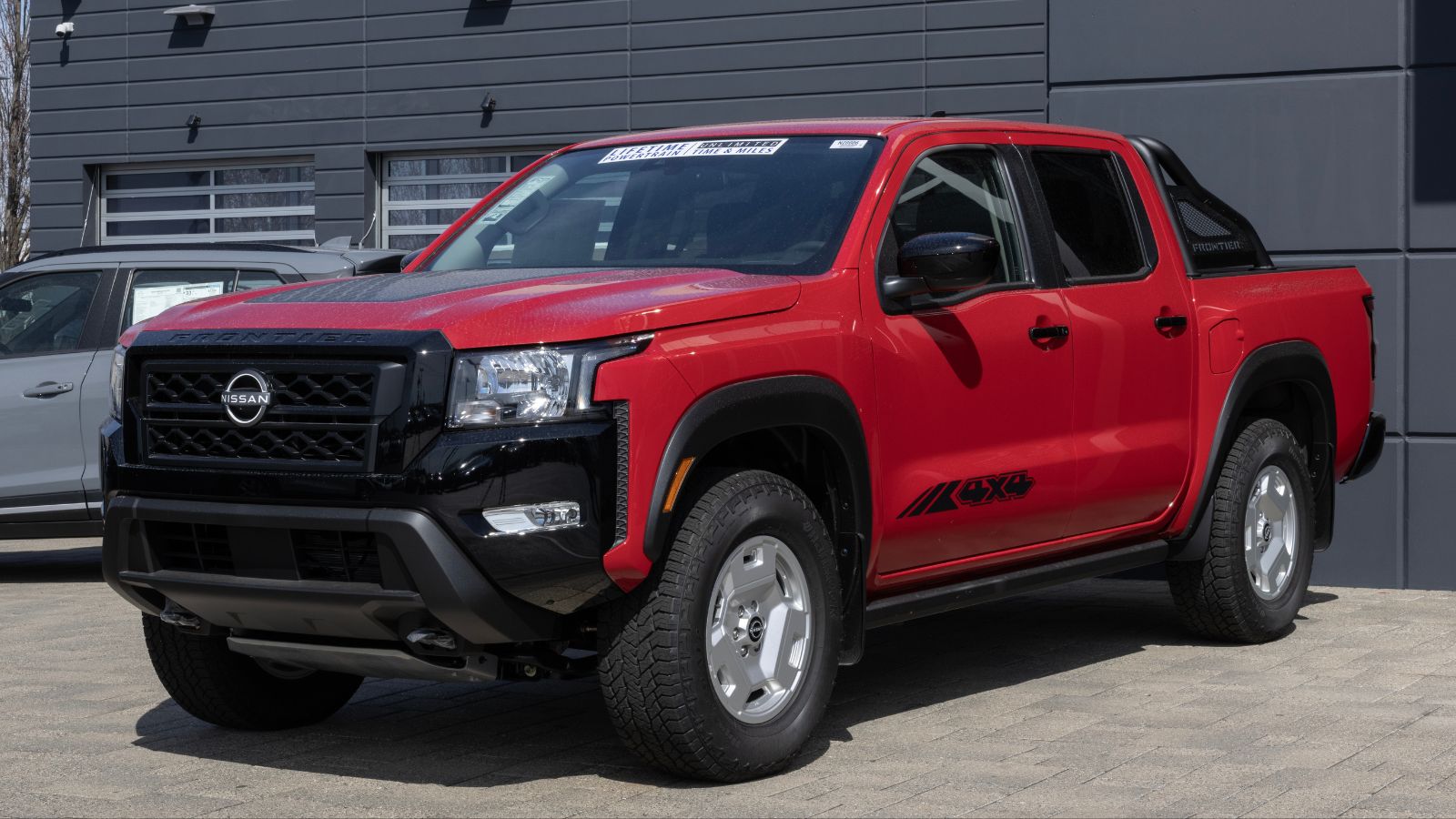
The Nissan Frontier PRO-4X was once the value pick for Canadians who wanted off-road grit without paying full-size truck prices. Its 310-hp 3.8L V6 and Bilstein shocks made it trail-capable, while its mid-size dimensions kept it maneuverable. Just a few years ago, it sold for under $40,000, but today, after a redesign and the impact of supply chain pressures, even the base PRO-4X trims in Canada are listed above $50,000. With full-size trucks priced even higher, the once-affordable mid-size segment is feeling the squeeze.
Acura ILX
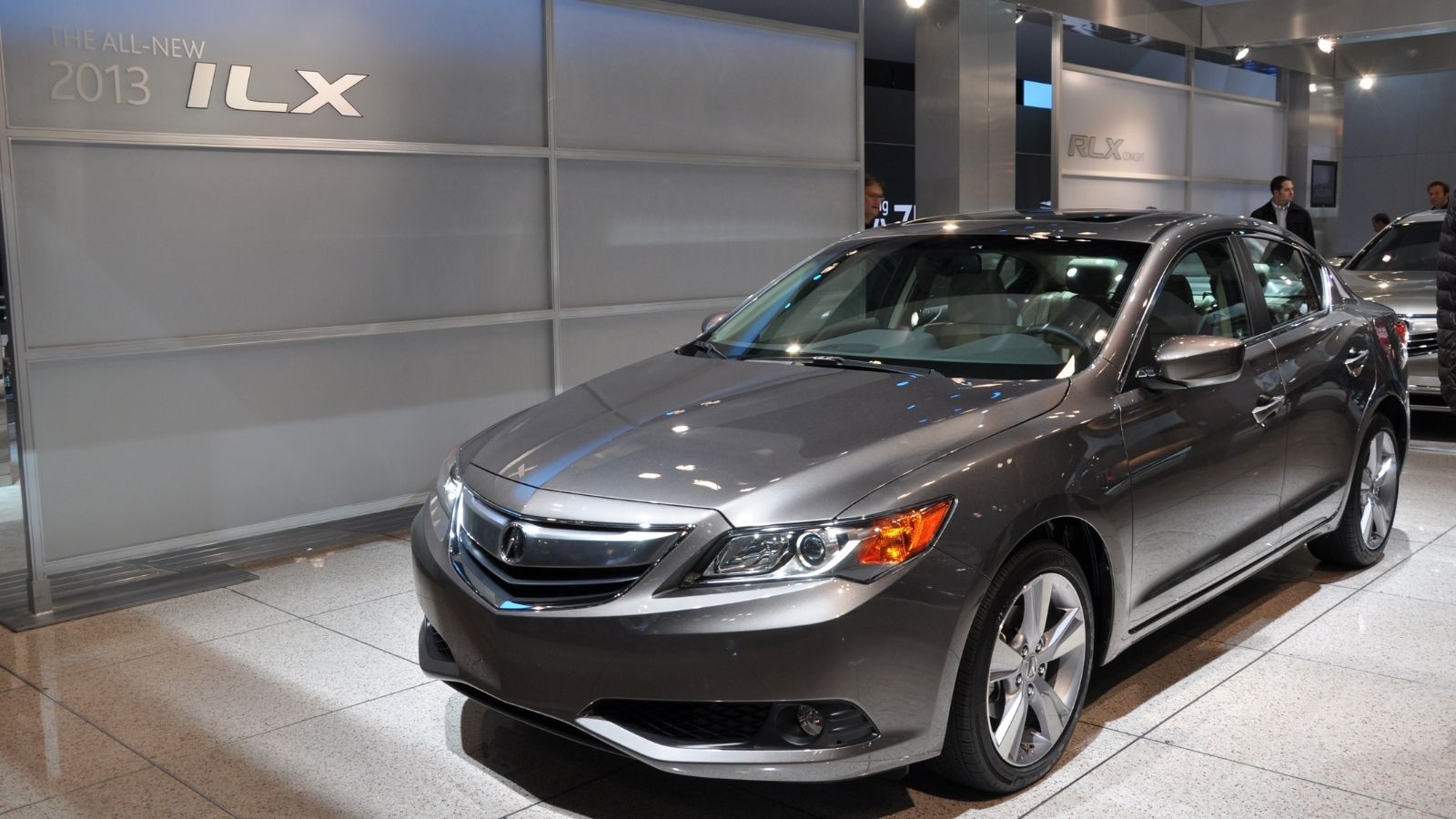
For years, the Acura ILX has given Canadians a luxury badge without a luxury budget. Built on a Civic platform but refined with premium touches, it offered a smooth ride, a reliable 2.4L 201-hp engine, and upscale styling, all for under $32,000. It became a favorite among young professionals seeking to advance their careers without overspending. Still, the ILX was discontinued and replaced by the newer Acura Integra, which starts at over $41,000 and climbs steeply with options. As a result, used ILX models have skyrocketed in price, and what was once an entry point into luxury has now become a highly sought-after rarity.
BMW 2 Series (230i Coupe)
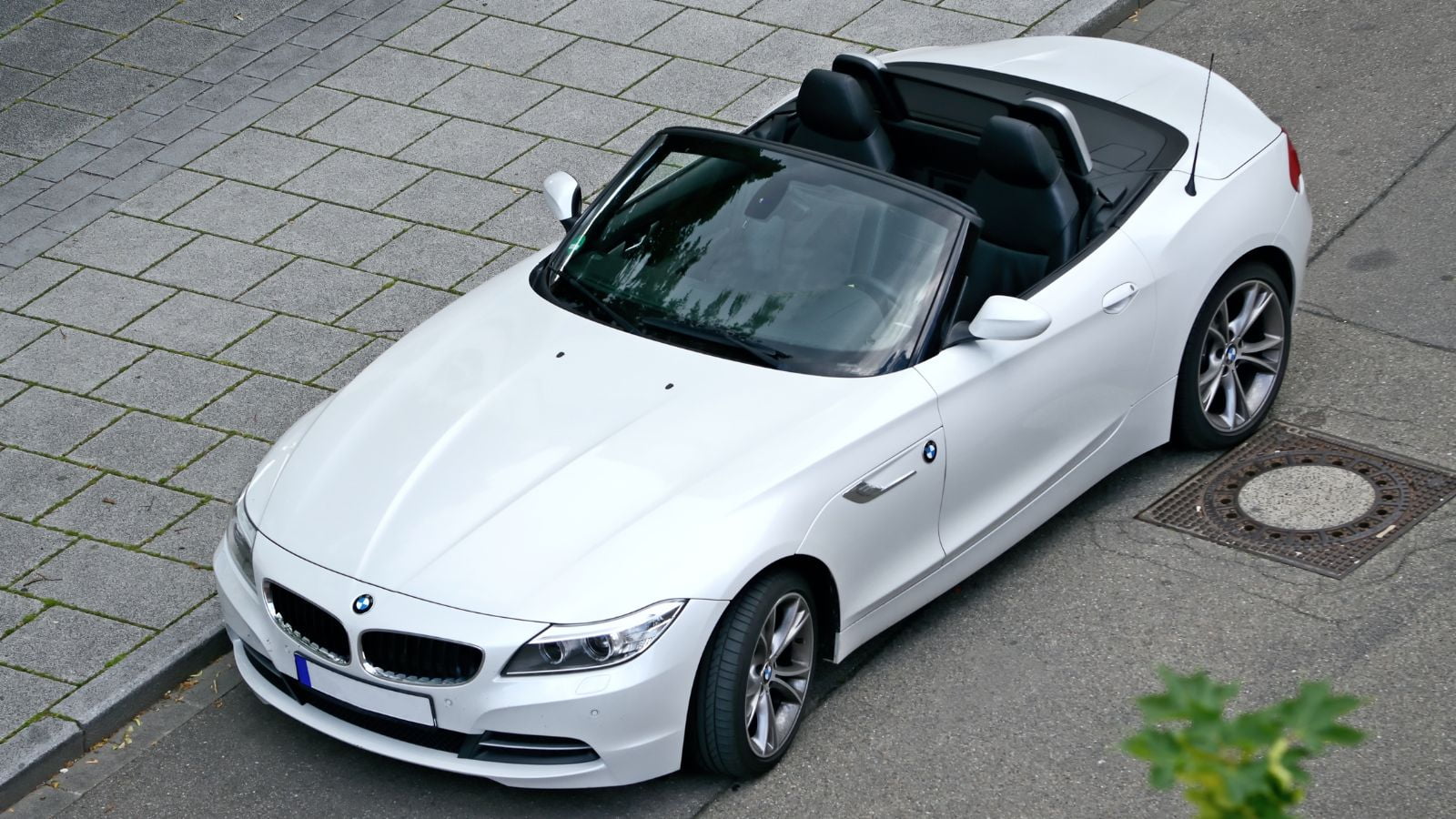
Once hailed as BMW’s driver’s car, the 230i Coupe delivered 255 hp from a turbocharged 2.0L engine and reached 0-100 km/h in about 5.5 seconds. It offered rear-wheel-drive purity and classic proportions at an attainable entry point, starting under $38,000 in Canada. Fast-forward to 2025, and the base price now starts above $51,000, with the M Sport and technology packages pushing it over $60,000. For Canadians seeking their first taste of BMW’s performance DNA, the 2 Series has shifted from aspirational to out of reach, as even leasing options have become less appealing due to higher rates and dwindling inventory across the country.
Toyota 4Runner
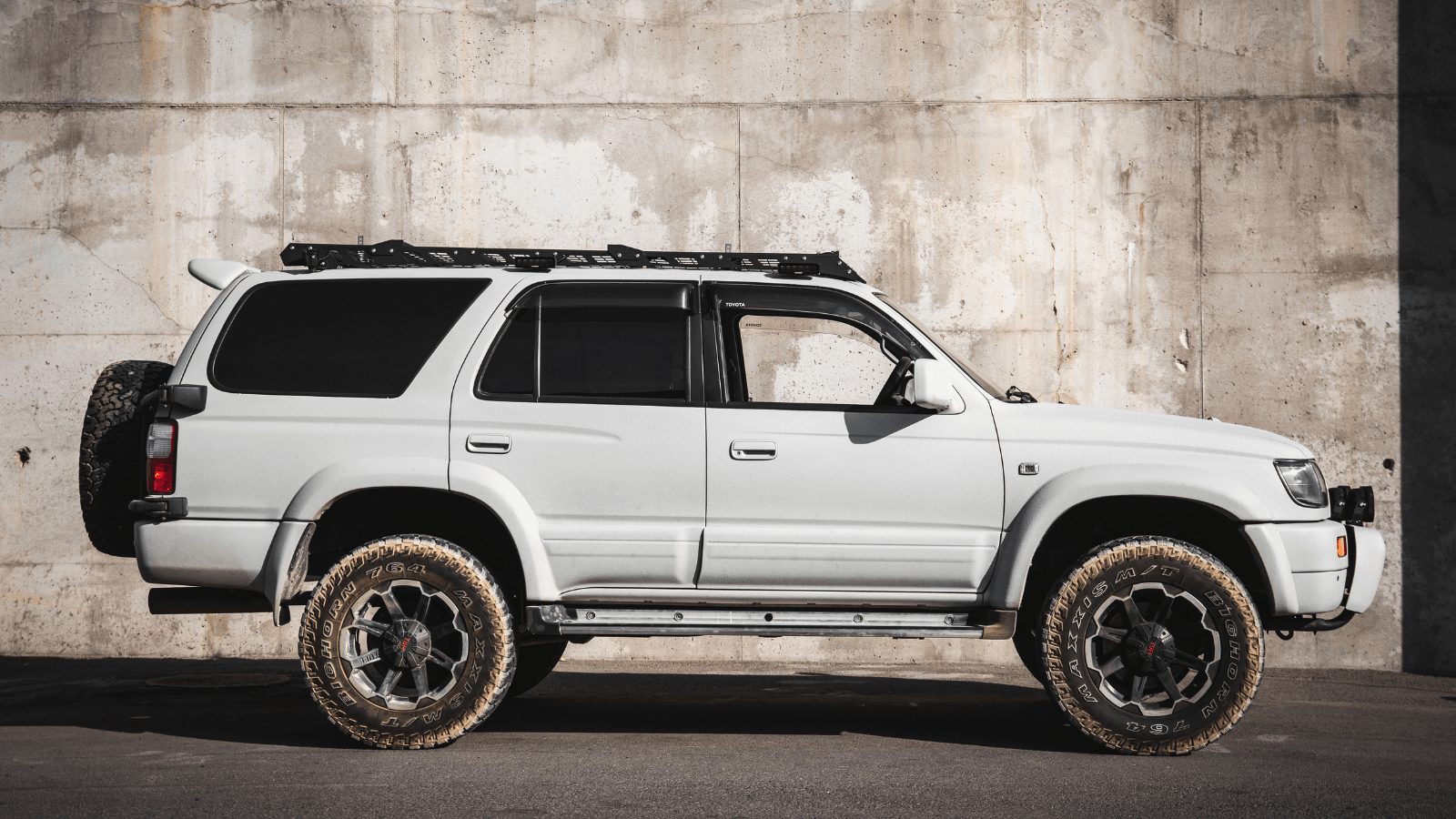
The Toyota 4Runner has long been a rugged icon for Canadians seeking genuine off-road capability and legendary reliability. Powered by a 4.0L V6 that delivers 270 hp and 278 lb-ft of torque, it is built for trails and commutes. A decade ago, base trims could be had for just over $38,000; however, now, even entry-level models start at over $53,000, and TRD Off-Road or Pro trims soar past $65,000. With its platform aging and newer tech lagging, the 4Runner feels more like a nostalgic splurge than a value buy.
Audi A3
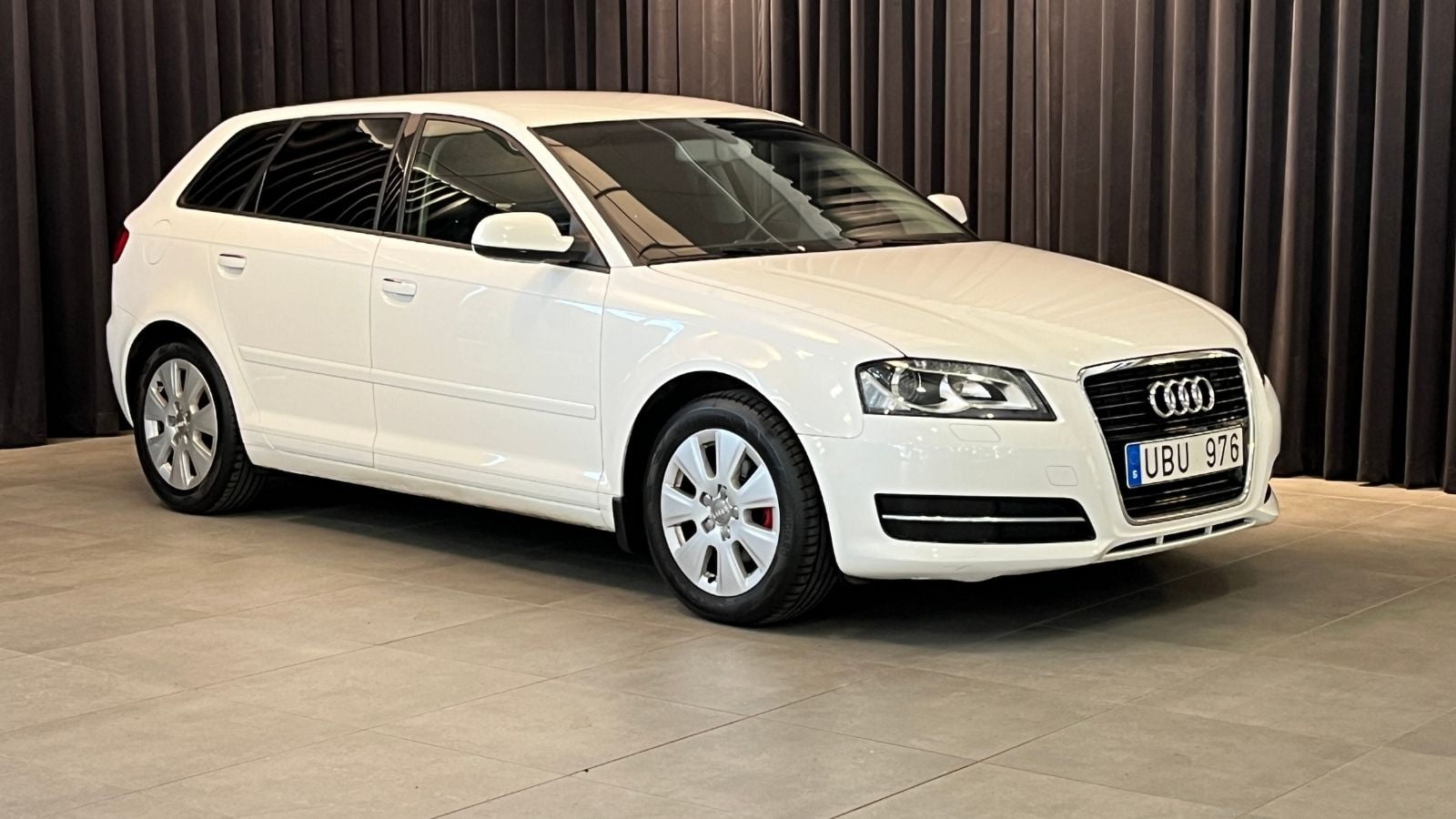
The Audi A3 was once the most innovative way to get into the premium German club without emptying your bank account. With a turbocharged 2.0L engine producing 201 hp and Quattro all-wheel drive, it brought luxury and agility in a compact frame. A few years ago, you could pick one up in Canada for under $36,000, but now, even base models start at over $45,000, and higher trims, like the Technik version, edge into the $ 55,000 zone. Leasing used to offer relief, but higher interest rates and lower residual values have changed that, and the A3, once a luxury gateway, now carries a luxury price.
Chevrolet Bolt EV
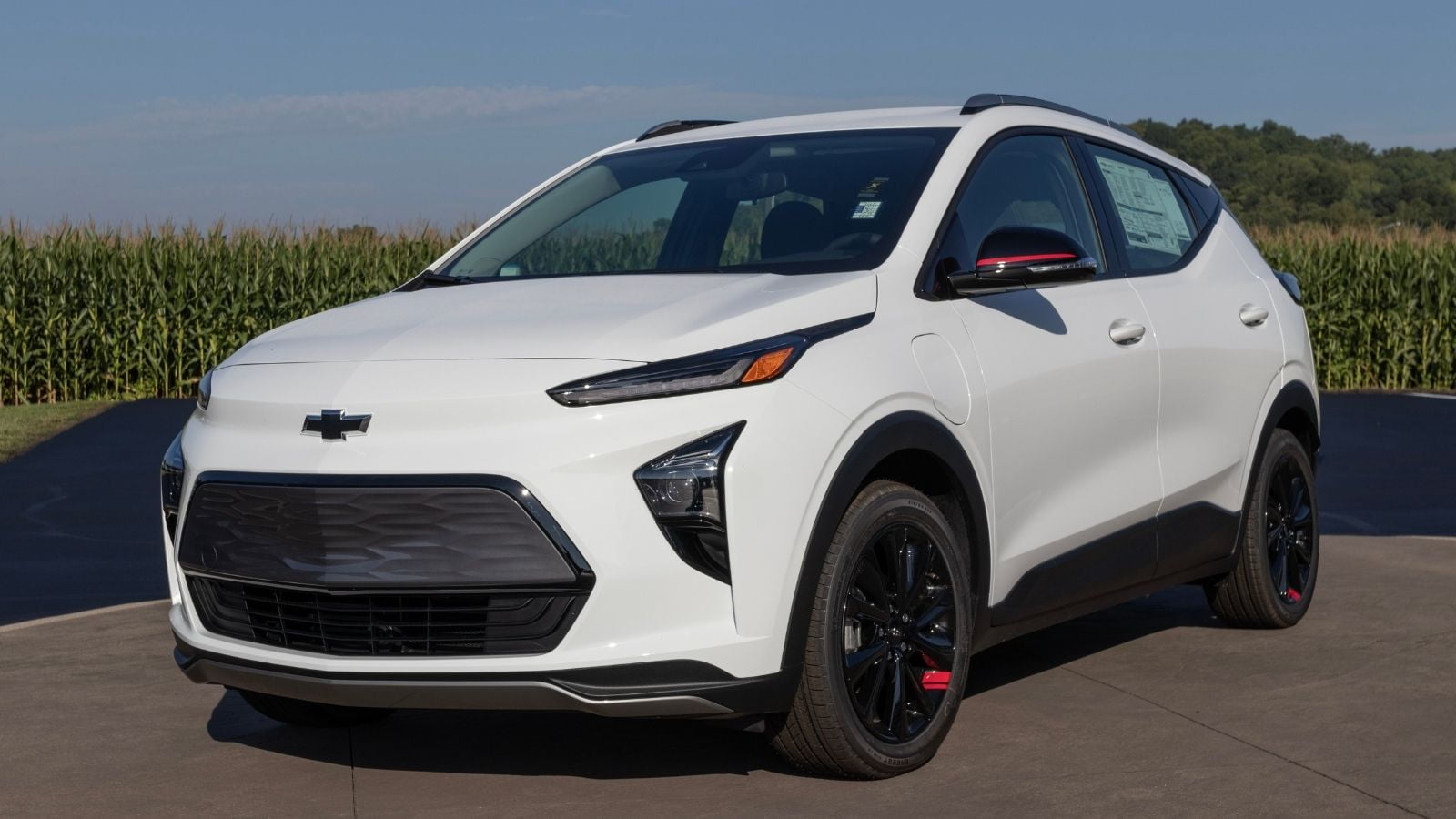
The Chevrolet Bolt EV made waves as one of the first genuinely affordable long-range electric vehicles. With 417 km of range and peppy 200-hp performance, it became a favorite among cost-conscious Canadians looking to go electric. At one point, government incentives brought its effective price below $33,000, but production was halted in 2023, and as inventory dried up, prices surged. Used Bolts now sell for more than they did new, and the upcoming replacements promise to be far more expensive.
Lexus UX 250h
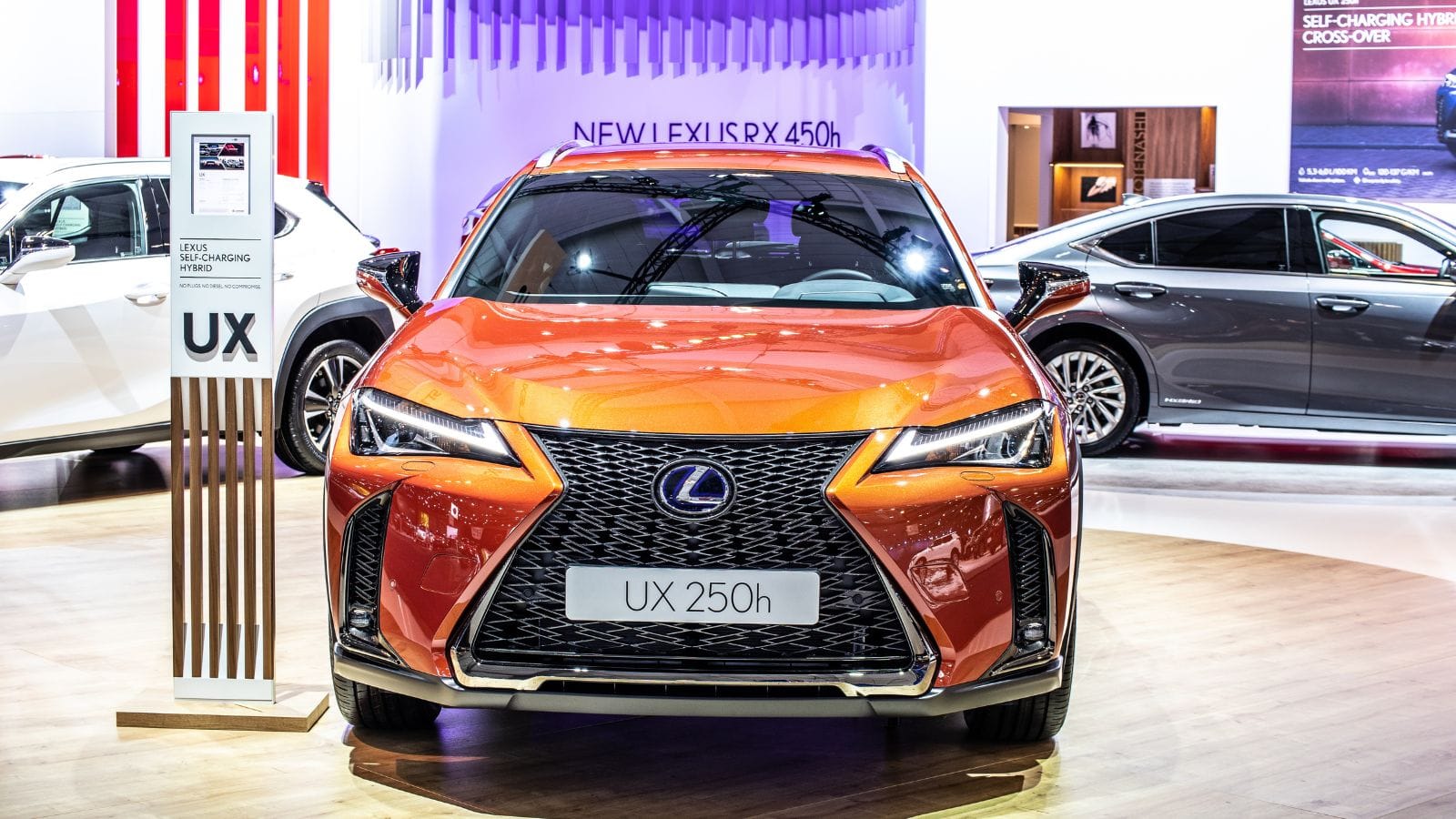
The Lexus UX 250h offered Canadians a hybrid luxury crossover at a price that did not feel indulgent. With 181 combined horsepower and all-wheel drive, it blended fuel efficiency with urban practicality. A few years back, it could be had for just over $38,000 in Canada. However, after Lexus discontinued the gas-only version and added more technology and safety features, the hybrid UX now starts at nearly $45,000, and fully loaded trims are creeping past $ 53,000. With slim incentives and high interest rates, the UX has edged away from its affordable luxury roots and now competes more with European prices than economy brands.
Hyundai Santa Fe Hybrid
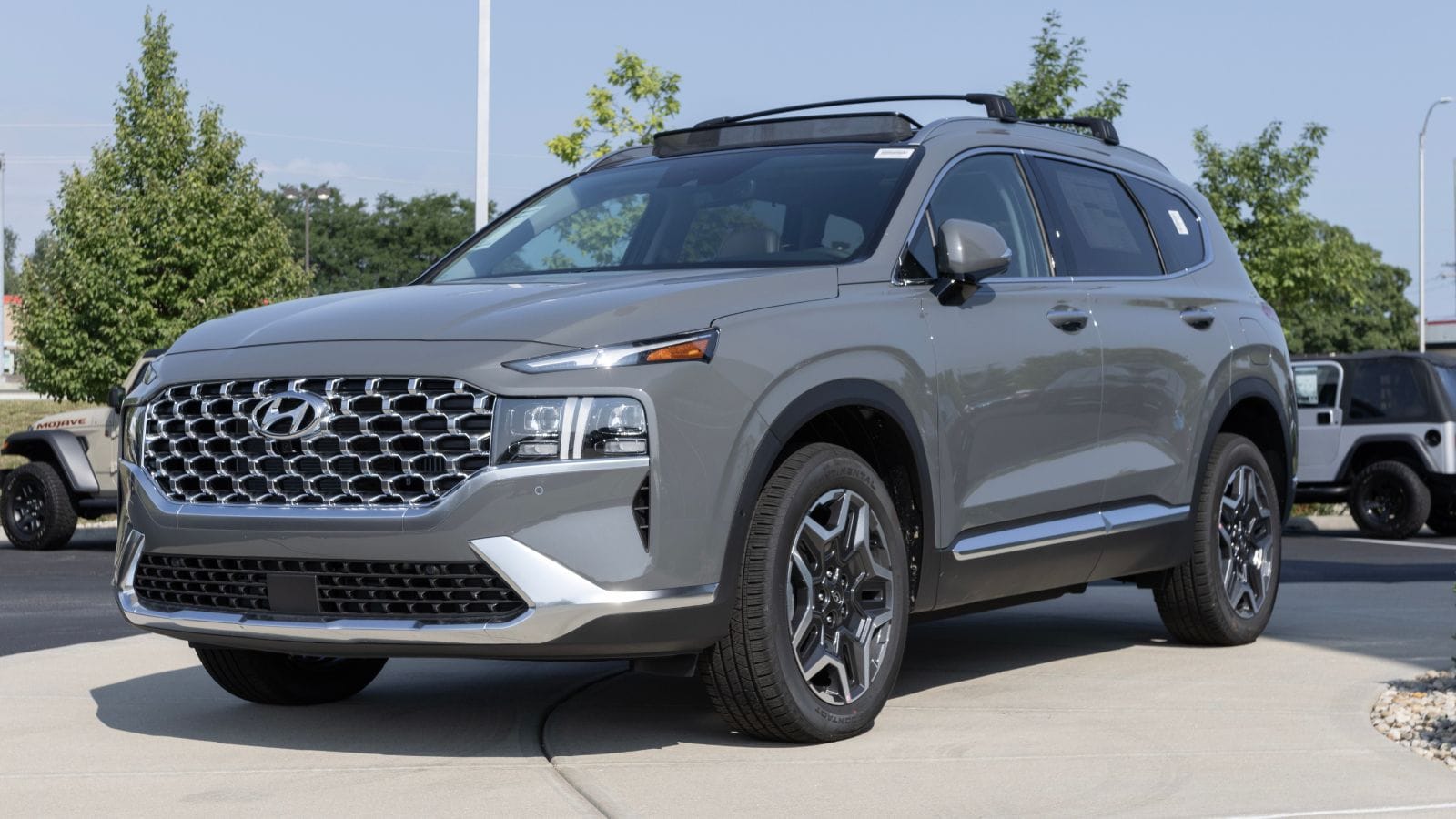
The Hyundai Santa Fe Hybrid once offered Canadian families a way to enjoy SUV space, AWD capability, and fuel-saving hybrid technology, all for under $40,000. With a combined 226 hp and smooth acceleration from its turbocharged 1.6L engine paired with an electric motor, it promised economy without compromise. Still, since its redesign and tech upgrades, base prices have risen significantly. The 2025 model starts at a price closer to $47,000, and top trims exceed $ 55,000. Once a smart, middle-class alternative to pricier hybrids, the Santa Fe Hybrid has quietly shifted into premium pricing territory, leaving many cost-conscious buyers priced out of their once-obvious choice.
Volvo XC40
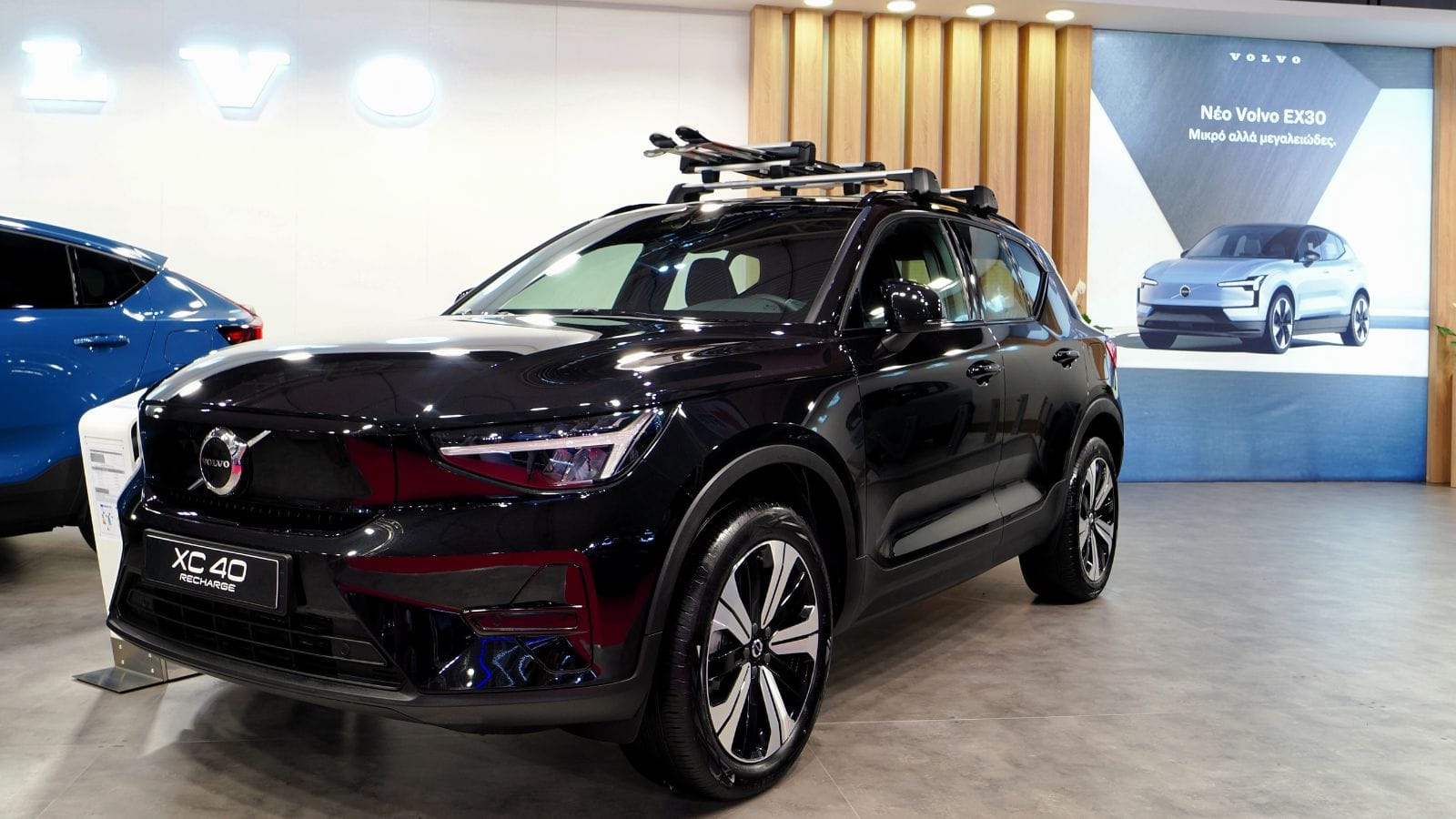
The Volvo XC40 stood out as a stylish, safety-forward entry into the luxury SUV world. The T5 AWD model delivers 248 hp and reaches 0-100 km/h in around 6.2 seconds, all while wrapped in Scandinavian minimalism. A few years ago, Canadians could purchase one for just under $40,000, making it one of the best value plays in the luxury compact segment. However, with electrified trims, rising demand, and currency pressures, even base gas models now exceed $47,000, and electric versions start around $60,000. The XC40 has evolved from an attainable luxury starter to an upscale indulgence.
25 Facts About Car Loans That Most Drivers Don’t Realize

Car loans are one of the most common ways people fund car purchases. Like any other kind of loan, car loans can have certain features that can be regarded as an advantage or a disadvantage to the borrower. Understanding all essential facts about car loans and how they work to ensure that you get the best deal for your financial situation is essential. Here are 25 shocking facts about car loans that most drivers don’t realize:
25 Facts About Car Loans That Most Drivers Don’t Realize
